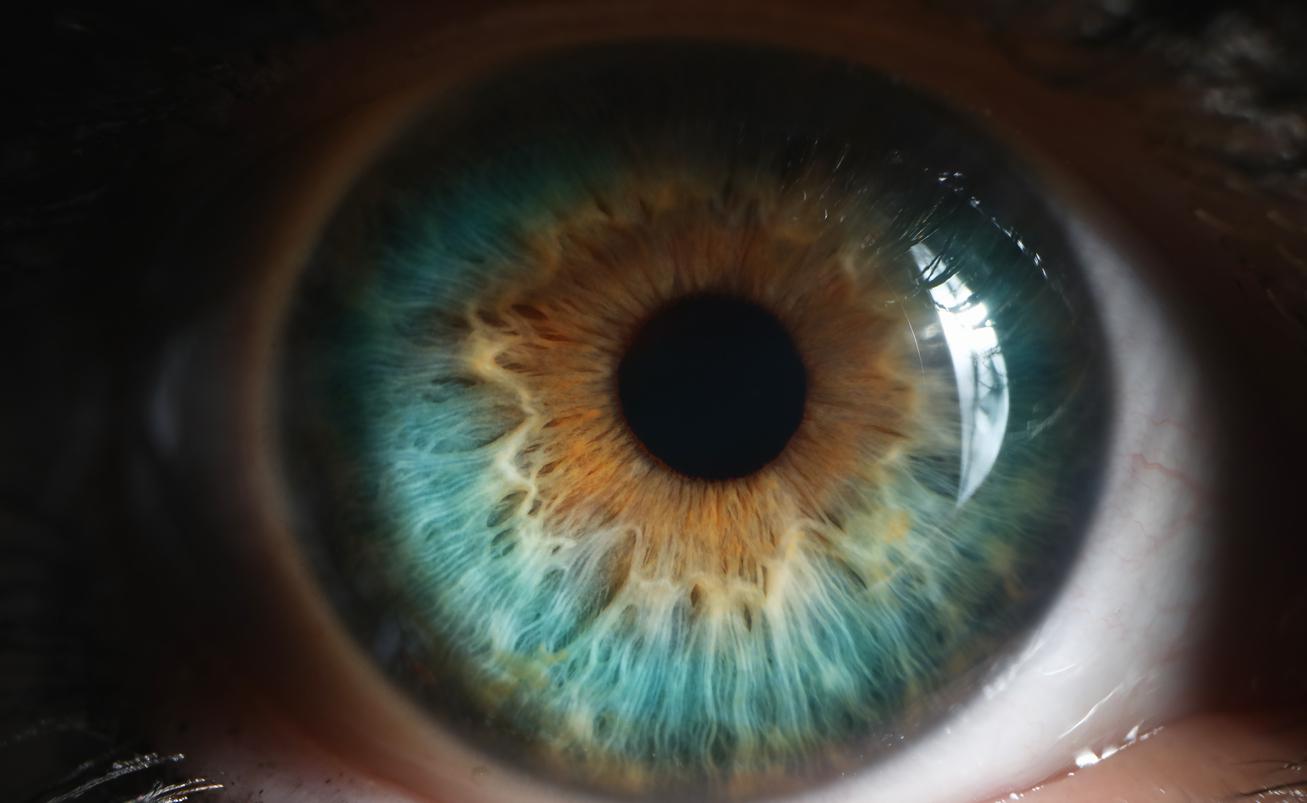New Zealand researchers have made the first-ever color and 3D x-ray of different parts of a human body. A technological revolution that could allow more precise diagnoses.

Thanks to the prowess of these New Zealand scientists, it may soon be over with the traditional black-and-white and 2-dimensional x-rays that have been around for more than a century.
Indeed, they attempted for the first time to perform 3D and color x-rays of different parts of the human body.
Clearer and more precise images
Developed in New Zealand, this new device based on black and white radiography incorporates European technology: particle tracking technology developed for the large LHC particle accelerator (the large hadron collider) at CERN (European Council for nuclear research). It is this famous technology which made it possible to discover in 2012 the Higgs boson, the particle which gives their mass to all the other particles in our universe.
“This color X-ray imaging technique could produce clearer and more precise images and help doctors give more precise diagnoses to their patients,” CERN explains in a statement. The images, provided by CERN, clearly show the difference between bone, muscle and cartilage and, depending on the research center, the position and size of cancerous tumors.
The same principle as the camera
But how does this technology, called Medipix, work? Like a camera: it detects and counts individual subatomic particles when they collide with pixels while its electronic shutter is open.
Producing high-resolution, high-contrast images, this new imaging tool delivers shots that no other device can reach, says developer Phil Butler of the University of Canterbury in New Zealand.
Called “Spectral CT”, this new 3D scanner is already marketed by the New Zealand company MARS Bioimaging Ltd. In a few months, it will be the subject of a first clinical trial on orthopedic and rheumatology patients in New Zealand. If the trials are successful, it may well gradually replace older 2D x-ray machines in medical facilities.
.















